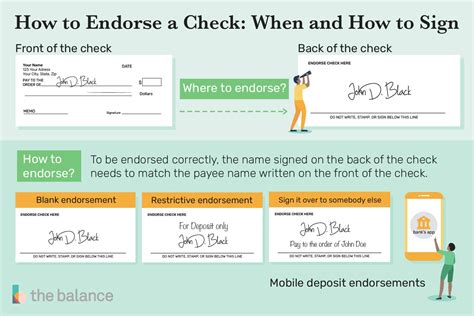Withdrawing Money Without Risking Your Financial Security

As the old adage goes, “blood is thicker than water.” But what happens when you’re in a financial bind and need to dip into your emergency fund or withdraw money from a savings account without sacrificing your long-term financial security? The answer lies in using cash withdrawal strategies that minimize potential risks and allow you to rebuild your finances from scratch.
Why Cash Withdrawal Strategies May Not Be the Best Option
Before we dive into cash withdrawal strategies, let’s quickly discuss why they’re not always the best approach. Using a cash-out strategy to pay off debt or cover expenses can hurt your financial security in several ways:
- Debt Accumulation: Paying off high-interest debt with a cash-out loan can lead to a snowball effect, where you pay more than you need to each month. This increases your debt burden and makes it harder to pay it off in full.
- Impact on Credit Score: Missed payments or excessive borrowing can negatively impact your credit score, making it harder to qualify for loans or credit cards in the future.
- Risks of Debt Consolidation: Consolidating multiple debts into one high-interest loan can lead to increased debt and higher monthly payments.
Cash-Out Strategies to Consider
If you still want to use cash-out strategies, here are some options to consider:
1.
Debt Snowball Method (with caution)
This popular strategy involves paying off smaller debts first while making minimum payments on larger ones. This approach can help you build momentum and confidence as you eliminate each debt.
Pros: Easy to understand, flexible
Cons: May not be the most efficient way to pay off high-interest debt
2.
Debt Avalanche Method (with caution)
This strategy involves paying off debts with the highest interest rates first while making minimum payments on the others. This approach can help you save more in interest over time.
Pros: Effective, saves on interest
Cons: May not be suitable for high-interest debt
3.
Balance Transfer (with caution)
Transferring a balance from one credit card to another with a lower interest rate can help you save money on interest. However, be sure to read the terms and conditions carefully before making a transfer.
Pros: Saves money on interest
Cons: May not be suitable for high-interest debt
4.
Cash-out loan (with caution)
Using a cash-out loan from a credit union or online lender can provide quick access to funds while minimizing debt accumulation. However, be sure to shop around for the best rates and terms.
Pros: Provides quick access to funds
Cons: May result in higher interest rates or fees
In conclusion, cash out strategies require careful consideration of your financial situation and goals. Before making a decision, it is essential to weigh the pros and cons, assess your debt load, and consider other options that may be better suited to your needs.
By choosing the right cash out strategy and being mindful of your financial security, you can breathe a sigh of relief knowing that you are taking steps to rebuild your finances from scratch.

